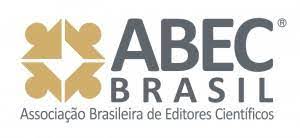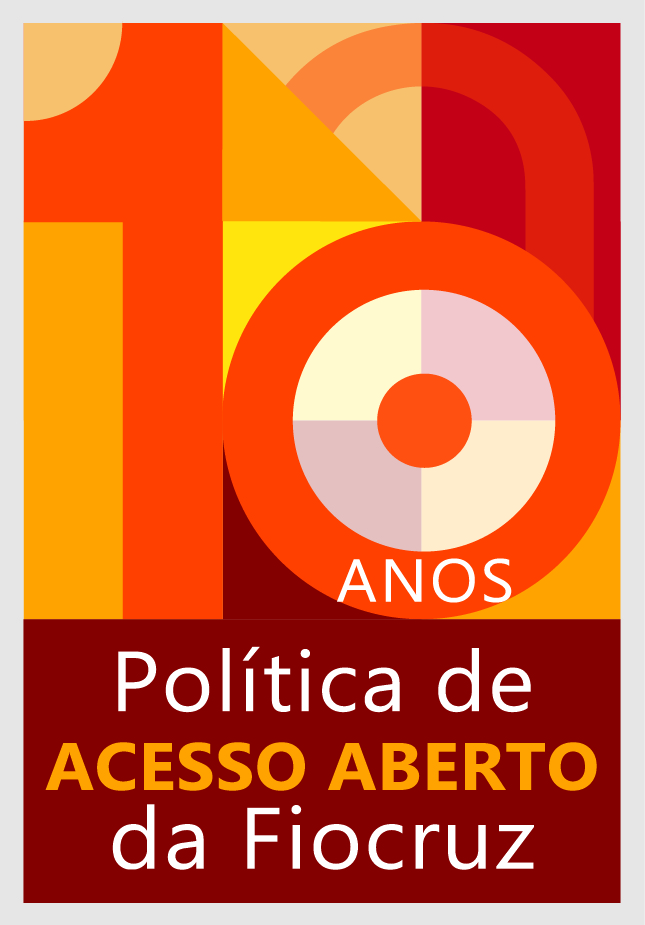The culture of numbers: the origins and development of statistics on science
DOI:
https://doi.org/10.3395/reciis.v2i1.825Keywords:
History, statistics, science, technology and innovation, research and development, R&DAbstract
Measuring science has become an ‘industry’. When, how and why did science come to be measured in the first place? How did a “cultural” activity – science – long reputed to be not amenable to statistics, come to be measured? The statistics owes its existence to the context of the time: 1) measuring the contribution of great men, among them scientists, to civilization, and improving the social conditions of scientists; then 2) science policy and the efficiency of investments in research. Before the 1920s, it was scientists themselves who conducted measurements on science. The statistics collected concerned men of science, or scientists, their demography and geography, their productivity and performance, and were used to promote what was called the advancement of science. In the 1940s and after, the kind of statistics collected changed completely. It was no longer scientists who collected them, but governments and their statistical bureaus. The most cherished statistics was thereafter money devoted to research and development (R&D).Downloads
Published
How to Cite
Issue
Section
License
Author’s rights: The author retains unrestricted rights over his work.
Rights to reuse: Reciis adopts the Creative Commons License, CC BY-NC non-commercial attribution according to the Policy on Open Access to Knowledge by Oswaldo Cruz Foundation. With this license, access, download, copy, print, share, reuse, and distribution of articles is allowed, provided that it is for non-commercial use and with source citation, granting proper authorship credits and reference to Reciis. In such cases, no permission is required from the authors or editors.
Rights of authors’s deposit / self-archiving: The authors are encouraged to deposit the published version, along with the link of their article in Reciis, in institutional repositories.












